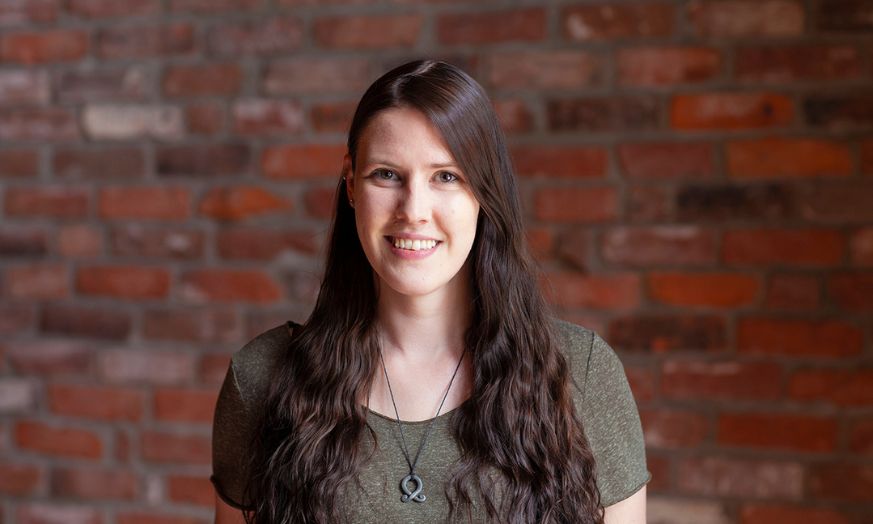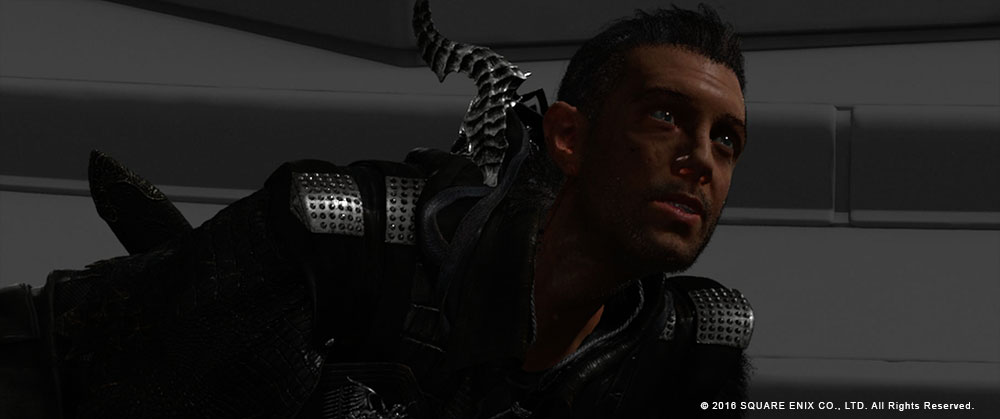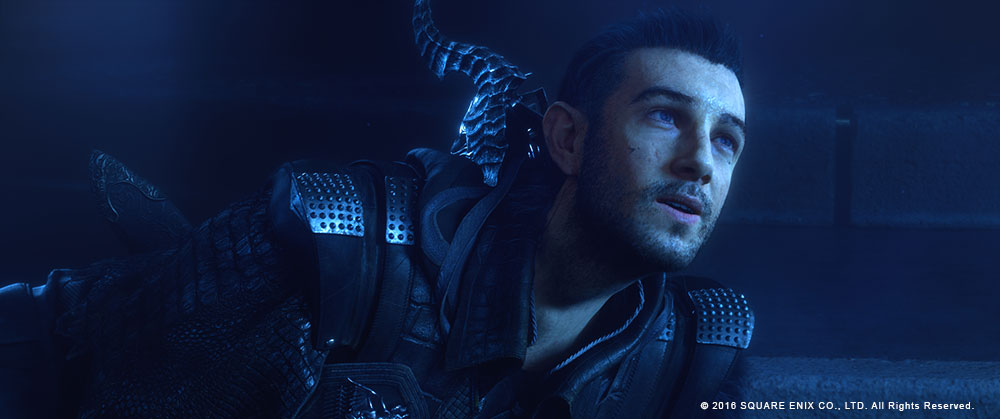Meet Julia Flanagan

Feature Crew
Lead Animator
Julia Flanagan describes her unique educational background, reveals how her career evolved from a Runner to Animation Lead, and gives advice to new artists entering the industry.
You’ve been studying visual effects since high school which is a bit unusual. Can you tell us more about that and also what you studied after?
I’m originally from Edmonton, AB, and I was lucky enough to go to a pretty unique high school called Victoria High School for Performing and Visual Arts; an arts focused school that had (at the time, very rare) a high school level 3D Animation program.
I ended up enrolling in that class for all three years of high school, and was introduced to Cinema 4D and some basic animation principles through the class. It was enough that when I graduated and didn’t have a set idea of what I wanted to do, my animation teacher, Mr. DeBenedetto, suggested that I look into animation as a career. So I applied for a scholarship, worked for a year while taking some part-time classes at the University of Alberta, and moved out here to attend Vancouver Film School (VFS).
At VFS, I skipped the introduction year with my portfolio (an arts high school means you leave with one by default), and started in the ‘3D Animation and Visual Effects’ course in October 2009. It was a 1-year course that taught the basics of the entire visual effects pipeline with the standard studio software, with specializations (Animation, VFX, or modelling) for the last 6 months. I graduated from the program in 2010 and continued into the industry.
What was your first job in visual effects?
After graduating from VFS, I began applying to studios around the city. I knew I wanted to focus on visual effects over full CG cartoons, and ended up getting a job as a runner at a VFX studio called Prime Focus.
Starting as a runner was an interesting way to get into the industry; while I didn’t get to animate that often, I learned about the pipeline, met and made connections with people from every department, and every once in a while was able to join a project for some minor animation work. My first project was Final Destination 5 – animating tiny seagulls for the DMP backgrounds. My animation supervisor, Jared Barber, also pulled me off running to work on a few other projects like Men in Black III, and Total Recall.
I balanced this work with responsibilities in operations and human resources. Eventually, I realized I was getting too far into the admin side of the company, and left Prime Focus to refocus on Animation.
What happened next?
After Prime, I took some time off, worked some temp jobs that I could fit in before I went travelling to Africa for a month, and then was lucky enough to find a job at Zoic. The recruiter who had hired me at Prime had switched studios and contacted me to see if I was still interested in Animation.
I worked at Zoic for a few months, on various television shows, until my contract ended for the summer. I then applied at MPC, and was hired for Night at the Museum 3, and they continued extending me on a number of projects for approximately 2 years.
What brought you to Image Engine?
It was actually a friend of mine that I had worked with at MPC. He knew that MPC had just wrapped up The Finest Hours and was in a lull between projects, and said that I should apply to Image Engine for a project he was sure I’d love to work on.
It turned out that a couple of people who had wrapped at MPC had made their way to Image Engine, including one of the Animation Supervisors at Image Engine, Jason Synman, who I had worked with on Goosebumps.
So I had an interview with him and Jeremy Mesana, the other Animation Supervisor at Image Engine at the time, and that was that. I came over to the studio and started working on Kingsglaive: Final Fantasy XV. This was fantastic because my friend was very right about loving the project; I have all the FF games from VI onward 🙂


You’ve worked at a few different studios now. What makes Image Engine unique?
A couple of things really; the work is fantastic – there’s usually always some sort of character work, and the variety within that is huge (random monsters to dragons to robots etc.).
The social environment is a big one too; while it’s getting bigger now and it’s changing a bit, there’s still that sense of a smaller studio – where HR actually knows your name, summer parties, department outings; just that idea that you know other people outside your small social group.
The final really notable thing, in my opinion, is the consideration the animation supervisors have. For the most part, there’s support in furthering your skills, and making sure you’ve gotten a few good shots no matter the team size, even if you’re not the most experienced artist on the show. It’s the little touch of getting a close-up hero animation shot that makes even the potentially less exciting projects exciting again.
In what direction are you currently developing your career?
Well, I just recently became an Animation Lead, so keeping that up for a while is the main goal. Really just developing the artistic skills to merit the role, while learning to balance the production side of things.
What do you see as the future of Animation?
I think TV will continue to become more and more prevalent in the higher VFX houses; Game of Thrones really broke the glass ceiling for television shows having a proper budget and timeline to get some amazing animation and effects.
Combine desire to get the notoriety Game of Thrones achieved, with this surge of streaming services that have no real hard TV scheduling to abide by, and massive financial backing, and I think TV is only going to get better and more impressive.
What advice would you give new artists entering the industry?
One recommendation would be to be open to working at an entry level job; you’ll probably get boring, clean up, or technical shots, but doing good and fast work on those means your supervisors will start throwing you better and better shots. Be constant and uncomplaining. But also – know your worth and keep your focus. If you find yourself at a studio where they don’t start throwing you those shots after a decent amount of time? Or if they insist on non-stop overtime or don’t pay you well? Leave. Politely, but use the experience you’ve gotten to get a position somewhere that you feel respected and challenged.
The other piece of advice is probably the most important.
Don’t be an a**hole. It’s rude and crude but very very true. This is such a small industry and networking is such a vital part of it; I’ve gotten my contracts because people I had met thought of me in that moment when they needed artists. Even if you think you’ll never work at a particular studio again – artists move, production staff move, recruiters move – and they’ll remember you if you’ve made an impression, for better or worse.

